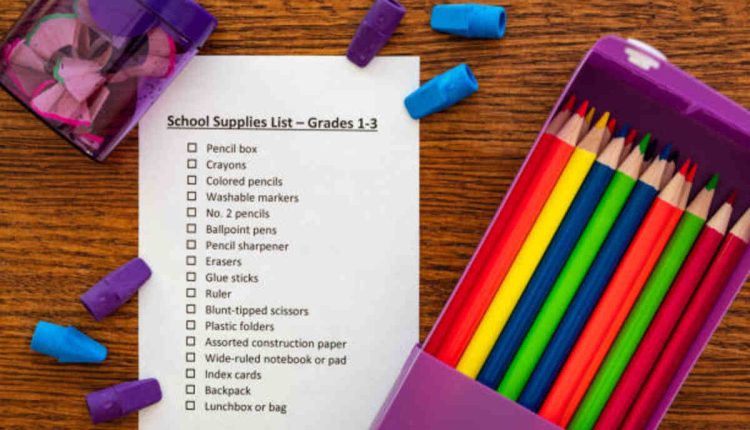Organizing Your Notes
Have you ever needed something specific from your notes but could not locate it? That can make exam time or writing an essay an excruciatingly frustrating experience, so to ensure success, you must learn to organize them effectively – creating a note-taking system tailored specifically for your learning style and needs is the way forward; stick with it!
Organization is an essential skill for students, employees, and self-learners. When your notes are correctly organized, reviewing can take less time, understanding of material improves, and future recall is easier – plus, you might see patterns or connections you wouldn’t otherwise.
There are various methods of taking notes, and finding out which one best suits you depends on your learning style and preferences. For instance, fast typists may find typing their notes more effective than handwriting them; others might benefit from drawing visual notes; doodles have even been proven to aid memory! You must experiment with various note-taking methods until you find one that suits you; just be sure that whatever way you settle on remains consistent, as too many changes could erode organizational abilities over time.
Once you’ve established an effective note-taking system, you must revisit and revise it regularly in order to avoid forgetting anything in class or finding information needed for exams or essays. Reviewing your notes periodically and adjusting as necessary can ensure you don’t lose anything from class while providing useful reference material when reviewing exams or writing articles.
Notes should also be labeled or numbered at the top of each page and written clearly enough so they can be read later – this will assist when studying for exams or writing papers and can even come in handy if sharing notes with others.
Take Notes on the Right Side of the Page
This technique, similar to the split-page method, can assist students in taking notes effectively. Start by drawing a line across each page using a ruler, leaving 20% of left margin writing space and 80% on the right for writing notes in an extensive section on the right, encouraging students to format messages how they wish. Use the Cue Column in the left margin for questions related to information being taken down in the notes section, as this may assist later in reviewing and creating test questions as well as synthesizing material during study time. Finally, each page’s Summary Statement area summarizes the main points from that page’s notes for easy summarisation during study time.
Organize Your Notes by Topic
Organize your notes by topic for easier retrieval when reviewing later. Use a notebook and folder for each class or a large binder with tabs to keep all of your messages together and organized. Label, number and date each page to keep everything neatly in its place – this way when instructors change topics you won’t have cramped writing in the margins and you can more quickly locate information when studying for tests or quizzes!
At this stage, try writing brief and focused notes that capture only the critical information. If something slips through the cracks, feel free to add it later; if it is not possible to write everything down yourself, ask an instructor to repeat or explain something or another student to repeat their question to you.
When reviewing your notes, try to identify and highlight any key concepts, examples, or definitions. Consider using different colored pens or creating your system of signals to show which parts are your thoughts versus quotes or direct notes from the textbook. Some students also underline or draw arrows to highlight critical information or draw attention to essential concepts – this helps make studying easier when exams roll around! Alternatively, you could try creating a bulleted list with additional details indented below them for easy recall of critical points.


